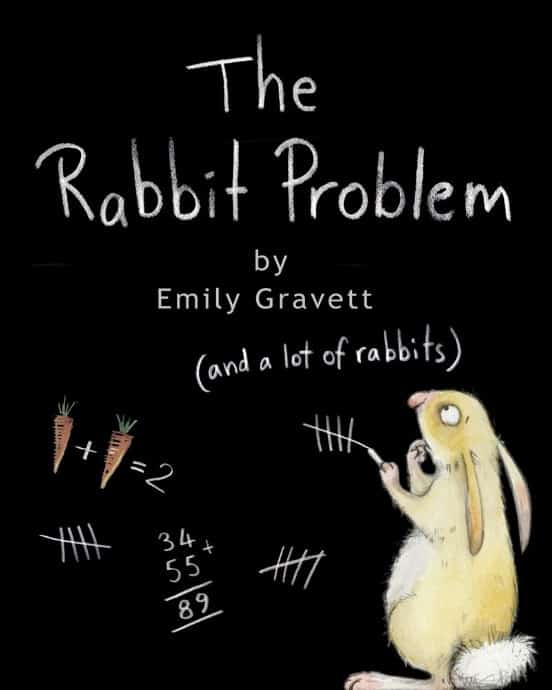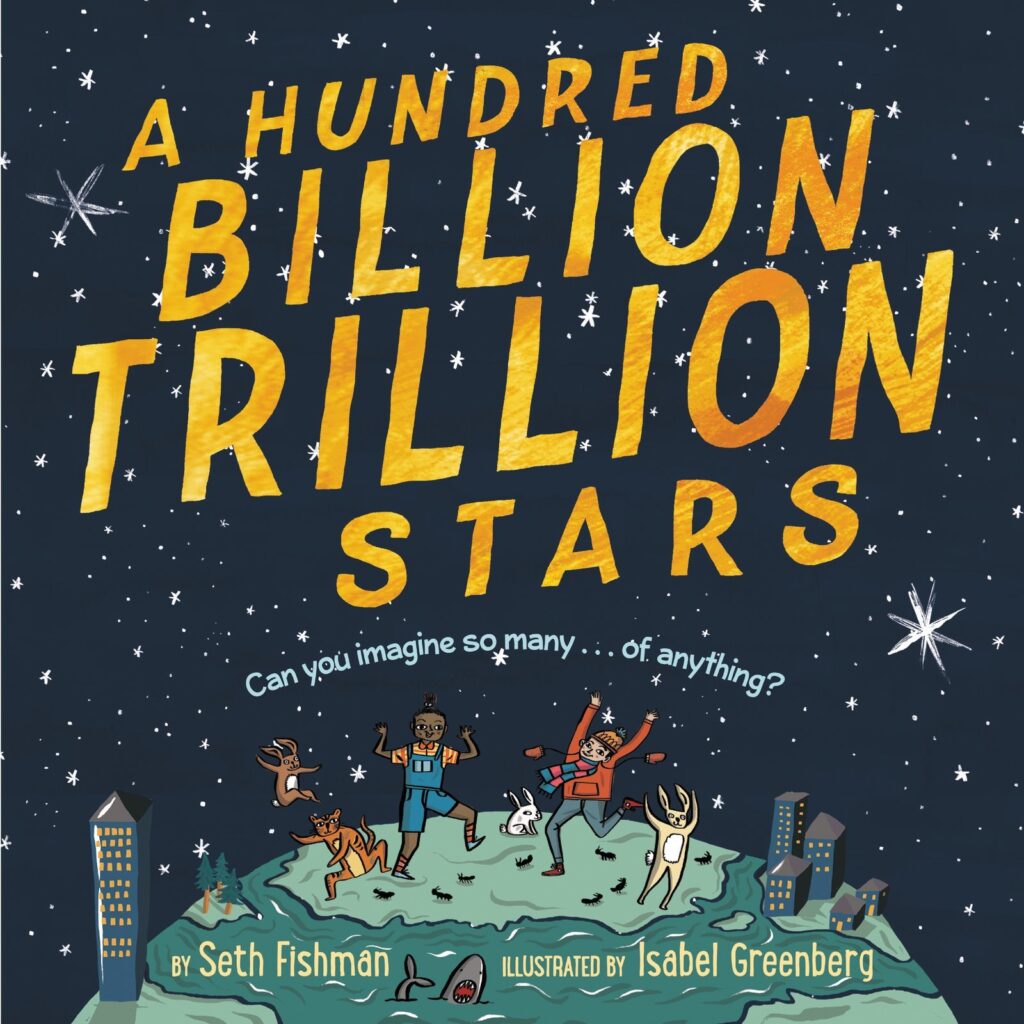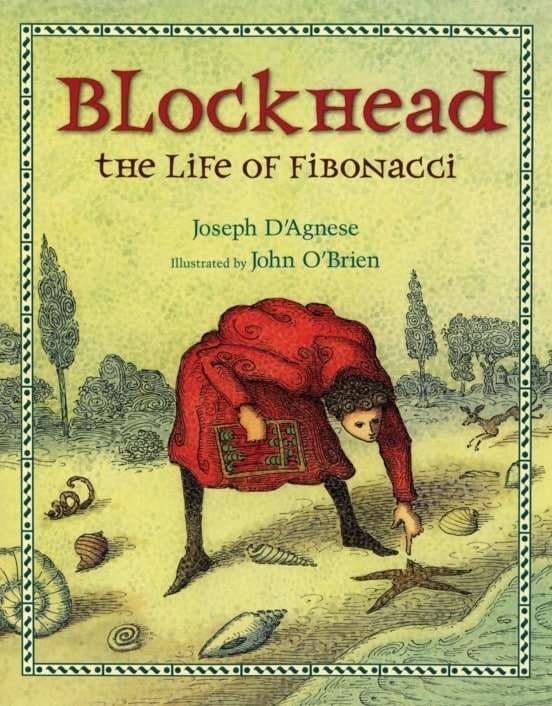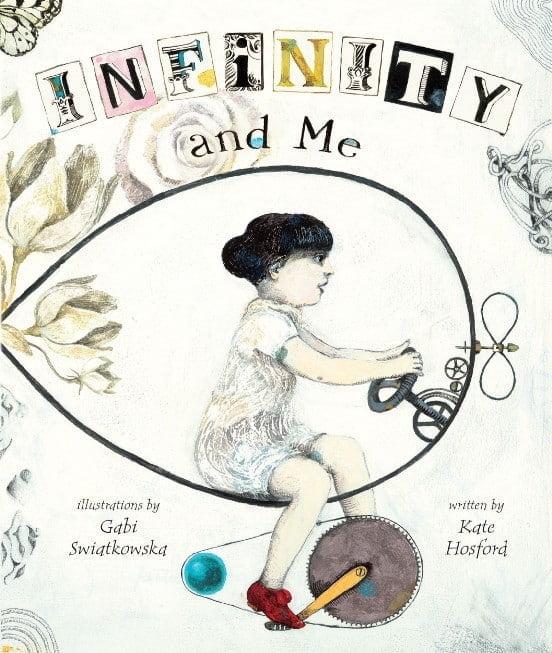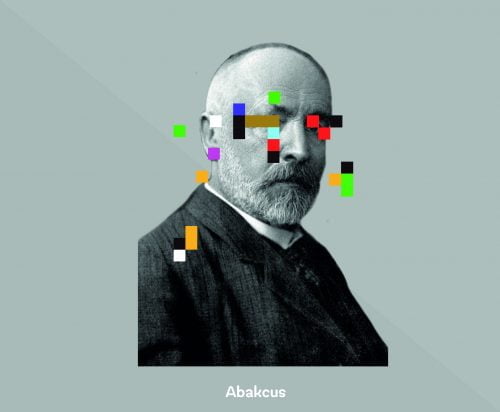Children’s math books offer a delightful gateway into the world of mathematics, engaging young minds with vibrant illustrations and captivating narratives. Through stories and playful visuals, these children’s math books provide numerous opportunities for children to explore and develop their mathematical thinking in an enjoyable way.
From counting and shapes to problem-solving and measurement, the intersection of literature and math can ignite a passion for learning. Join me as I delve into a carefully curated list of educational and entertaining children’s math books that are perfect for early math learners. Whether your child is just beginning to grasp basic concepts or is ready to tackle more complex ideas, these recommended children’s math books promise to inspire curiosity and foster a love for mathematics.
Storybooks are a treasure trove for young learners, offering a wonderful chance to enhance both reading skills and math understanding. When math concepts are beautifully woven into the illustrations and plots, children can discover important ideas like numbers, shapes, patterns, and measurements in a fun way. Encouraging kids to ask questions and notice the math elements in children’s math books not only sparks their curiosity but also makes math an enjoyable adventure. By blending storytelling with mathematical exploration, these math books can ignite a lasting love for both literacy and numeracy.
Best Children’s Math Books for Your Kids

Like many delightful stories for children, the children’s math books we recommend below are filled with fun and captivating adventures. They dive into themes that capture kids’ imaginations, featuring beloved subjects like animals, dinosaurs, magic, oceans, and much more! Through these enchanting tales, young readers will not only enjoy the plots but also discover mathematical ideas hidden within the vibrant illustrations and engaging narratives. With each turn of the page, these stories invite children to explore the wonderful world of numbers and shapes while having a fantastic time.
The key to picking and enjoying a math picture book is to have fun with the stories and rejoice in the joy they bring to children! Make reading a regular activity filled with smiles and laughter. Dive into this blog post for more helpful tips on sharing children’s math books with young readers.
If you’re an educator, you’ll also discover valuable advice on incorporating these 20+ fantastic children’s math books into your classroom environment. Share the joy of math through the magic of storytelling!
How does 1+1 = 288? In this hilarious tale, it doesn’t take long for a rabbit family to provide the solution. Hop along to Fibonacci’s Field and follow Lonely and Chalk Rabbit through a year as they try to cope with their rapidly expanding brood and handle a different seasonal challenge each month, from the cold of February to the wet of April and the heat of July. Throughout the year, they face a variety of conditions, including the cold in February, the rain in April, and the heat in July. This extraordinary children’s book is jam-packed with gorgeous details and novelty elements, such as a baby rabbit record book, a carrot recipe book, and a surprise pop-up ending. The book is also packed with novelty elements.
The cosmos and our own planet Earth are realms of infinite wonder and complexity, something that Seth Fishman captures with delightful clarity in “A Hundred Billion Trillion Stars.” The book is a compelling synthesis of facts, figures, and illustrations that invites readers to ponder the incomprehensibility of the numbers defining our universe.
A key charm of the book lies in the colorful, whimsical artwork by Greenberg. The illustrations are more than mere visual treats; they are essential storytellers that make sense of the astronomical numbers presented. From the sporadic scattering of stars to the verdant sprawl of forest canopies, the art lifts the astronomical numbers off the page and into the imaginations of the readers.
Fishman addresses youngsters with an affable and engaging tone that turns potential intimidation before large figures into an irresistible curiosity. The author manages to tow the fine line between imparting wisdom and keeping the vibe light-hearted. It’s easy to forget you are learning when the voice guiding you sounds like an enthusiastic friend.
Without question, the book is a treasure trove for educators and parents eager to introduce children to STEM subjects. It’s good at igniting curiosity about math, science, and the natural world. The facts presented are thought-provoking and often spark deeper conversations about our place in the universe, conservation, and the environment.
Although the subject matter might suggest a niche audience, “A Hundred Billion Trillion Stars” is surprisingly versatile. If your child enjoyed “Ada Twist, Scientist” or the numerical adventures of “How Much Is a Million?” this book fits perfectly into that gallery of inspiring reads. It’s a potential springboard into a love for all things science and math, even for those whose passion lies elsewhere.
While many consider storytime an affair of fables and fantasies, Seth Fishman shows that there’s magic to be found in reality too. With its plethora of captivating facts, the book is a unique choice for a bedtime story. It’s an ode to the real-life enchantment that surrounds us, often overlooked in our daily lives.
In conclusion, “A Hundred Billion Trillion Stars” is a magnificent exploration of the large numbers that shape our universe. By blending education with mirthful narration and vibrant illustrations, it enthralls young readers and provokes a profound sense of awe and curiosity. This book assures a spot on the shelves of those who cherish the blend of knowledge with a dash of wonder, reminding us all of the beauty inherent in learning.
Cheryl Bardoe’s biography, “Nothing Stopped Sophie: The Story of Unshakable Mathematician Sophie Germain,” is an inspiring narrative that takes readers through the highs and lows of a pioneering woman in mathematics. This beautifully illustrated book not only tells the story of an intellectual heroine but also serves as a potent emblem of tenacity and resilience in the face of adversity.
Bardoe’s work seamlessly blends the rigors of mathematical ingenuity with the touching human story of Sophie Germain. We are transported to a time when women were unjustly kept at the sidelines of academia, and where Sophie Germain’s unwavering determination stands in stark contrast. Through meticulous research and compassionate storytelling, the author presents Sophie not just as a mathematician but, more compellingly, as a visionary who dared to defy the gender norms of her age.
The book does an exceptional job of emphasizing key themes such as perseverance, intellectual passion, and equality. Bardoe has created a book that transcends mere biography and ascends into the realm of motivational literature. The character of Sophie comes across as incredibly relatable, thereby encouraging especially young readers to pursue their dreams with vigor.
Illustrations in “Nothing Stopped Sophie” play an equally important role in engaging the reader. They serve as a visual symphony that complements Bardoe’s elegant prose, bringing 18th-century France to life and providing a colorful backdrop to Sophie’s academic endeavors.
It’s evident through every turn of the page that the author holds deep admiration for her subject. The writing style is such that it makes complex mathematical concepts accessible to laypersons, thus making science and learning appealing to everyone.
While the book primarily targets a younger demographic, it maintains a level of sophistication that will intrigue adult readers, too. It is a testimony to the universal appeal of Sophie Germain’s story as well as the universal passion for learning and exploration.
This is much more than a straightforward retelling of historical events—it is an homage to the spirit of a woman who reshaped the world of mathematics. Every school library should house a copy, every parent should consider it for story time, and every young person should draw strength from its message. Sophie Germain’s legacy, as encapsulated in the pages of Cheryl Bardoe’s book, remains an unfading beacon of inspiration.
“Nothing Stopped Sophie” is a vital addition to historical and scientific literature for children and adults alike. It’s a celebration of mind over matter, diligence over dismissal, and creativity over criticism. This book is indispensable for anyone who desires a poignant reminder of how one person’s resolve can echo through the annals of history.
In the vast expanse of literature celebrating historical figures who changed the world, “Nothing Stopped Sophie” shines brightly as a beacon of inspiration. Sophie Germain’s story resonates profoundly in our current times, reminding us that the quest for knowledge and the determination to overcome barriers is timeless.
Blockhead: The Life of Fibonacci by Joseph D’Agnese is a charming and informative picture book that introduces young readers to the life and contributions of Leonardo Fibonacci, one of the greatest mathematicians of the Middle Ages. It’s an excellent resource for children, educators, and parents looking to explore the fascinating world of numbers and patterns.
This book is perfect for elementary-level children, but its engaging narrative and beautiful illustrations make it a delightful read for older kids and even adults. Educators will find it a valuable addition to their teaching resources, and parents will appreciate its ability to spark curiosity in young minds.
The story follows Leonardo Fibonacci, who was often ridiculed and called “Blockhead” or “Idiot” by those around him. Despite this, he discovered the famous Fibonacci sequence (1, 1, 2, 3, 5, 8, 13, 21, 34, 55…), which reveals patterns occurring in nature, such as in flowers, mollusks, and even human-made structures like buildings, music, art, and poetry.
The illustrations in Blockhead: The Life of Fibonacci are magnificent and complement the text beautifully, making complex mathematical concepts accessible and engaging for young readers. The narrative is straightforward and easy to understand, ensuring that children grasp the significance of Fibonacci’s discoveries without feeling overwhelmed.
The book is not just about numbers; it’s also a story of perseverance, curiosity, and the importance of pursuing one’s passions. Fibonacci’s ability to think independently and his determination to follow his interests despite ridicule are powerful lessons for children. The story radiates warmth and beauty, reminding us that great minds are often misunderstood by those who do not share their vision.
Blockhead: The Life of Fibonacci does an excellent job of explaining how the Fibonacci sequence works and where it appears in nature and human creations. This makes it an invaluable tool for educators looking to introduce mathematical concepts in a fun and relatable way. The book also encourages children to think critically and creatively, fostering a deeper appreciation for mathematics.
Reading Blockhead: The Life of Fibonacci was a delightful experience. It reminded me of other educational books like those in the Sir Cumference series, which also make learning math fun and accessible. Even as an adult, I found myself intrigued by the Fibonacci sequence and its applications. The book successfully ignites curiosity and encourages readers to explore the wonders of mathematics.
Blockhead: The Life of Fibonacci by Joseph D’Agnese is a must-read for anyone interested in math and the natural world. It’s a beautifully crafted book that educates and inspires, making it a perfect addition to any child’s library. If you’re looking for a way to introduce your children to the fascinating world of numbers and patterns, this book is an excellent choice.
Infinity and Me by Kate Hosford is an enchanting exploration of a concept so vast that even adults often struggle with it. Through the eyes of a curious little girl named Uma, Hosford brings the idea of infinity to a level that young children can understand and relate to.
What stands out most about Infinity and Me is its ability to make a complex subject approachable for young readers. Uma, the protagonist, wonders about infinity and poses this massive question to her family, teachers, and friends. Their answers are varied and grounded, reflecting the responses one might expect from real K-2nd graders, a detail that Hosford thoughtfully notes in the book.
Hosford’s deft handling of the subject matter ensures that the book is not just educational but also deeply engaging. By intertwining big questions with everyday experiences, she ensures that children don’t feel overwhelmed by the concept of infinity but instead find it intriguing and approachable.
Infinity and Me is an exceptional book that succeeds in making a complicated idea accessible to children. Kate Hosford’s thoughtful approach, combined with her attention to authentic childlike curiosity, makes this book a valuable addition to both educational settings and bedtime reading. If you’re looking for a way to introduce young readers to the wonders of big ideas while keeping them grounded in the familiar, Infinity and Me is a stellar choice.
Dive into the endless possibilities of thinking about infinity with Uma and her friends. You might find yourself seeing the universe through a new lens, too.
If you’re looking for an engaging way to introduce kids to the world of mathematics, look no further than Sir Cumference and the First Round Table by Cindy Neuschwander. This delightful book is the first in the Sir Cumference series and it masterfully combines elements of geometry with an adventurous tale set in the times of King Arthur.
The story revolves around a kingdom in need of a new king and the threat of war from a neighboring realm. To tackle the impending danger, King Arthur decides to assemble his most courageous knights. However, the rectangular conference table they’re using proves to be more problematic than useful. Enter the brilliant trio of Sir Cumference, Lady Di of Ammeter, and their son Radius, who seek out the carpenter Geo of Metry to design the perfect table for discussions. With their combined expertise, they create a round table that fosters effective strategy sessions.
Neuschwander’s characters are witty and memorable. Sir Cumference is the wise and brave knight, Lady Di of Ammeter brings her unique perspective, and Radius adds a youthful touch to the story. The clever use of puns and wordplay (“Radius” for a son and “Lady Di of Ammeter” for a wife) not only makes the story more entertaining but also helps reinforce mathematical terms and concepts.
The educational aspect of Sir Cumference and the First Round Table is woven seamlessly into the narrative. Children are not just passive readers; they are actively engaged in solving problems and understanding geometry through the adventures of the characters. Concepts like the circumference and radius of a circle are introduced in a manner that’s both fun and easy to grasp.
The illustrations by Wayne Geehan complement the text beautifully. They are vibrant and detailed, capturing the essence of the medieval setting while clearly highlighting the mathematical elements of the story.
Sir Cumference and the First Round Table is an excellent resource for educators and parents alike. It turns learning into an adventure, making complex concepts accessible and enjoyable for young readers. By blending storytelling with educational content, Cindy Neuschwander has created a book that not only entertains but also educates.
For anyone looking to spark an interest in mathematics among children, this book is a must-read.


